Similarity & difference
Similarity and difference is based upon an understanding of the complexity of people’s lives, differing perspectives and relationships between different groups. Asking how similar or different allows pupils to draw comparisons across people, their perspectives, motivations and actions as well as across time and space, helping children to develop a greater understanding of modern global society.
Sort by:
Date (Newest first) | Title A-Z
Show:
All |
Articles |
Podcasts |
Multipage Articles
-
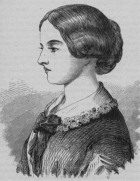
OFSTED, primary history and creativity
ArticleClick to view -

Our Iron Age challenge
ArticleClick to view -
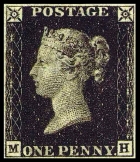
Overground, underground and across the sea
ArticleClick to view -

Pandemics in history: similarity and difference
ArticleClick to view -

So was everyone an ancient Egyptian?
ArticleClick to view -

Teaching crime and punishment as a post-1066 theme
ArticleClick to view -
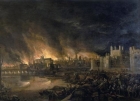
The Great Fire of London and the National Curriculum
ArticleClick to view -
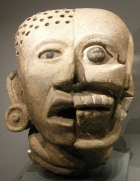
The Maya: a 4,000-year-old civilisation in the Americas
ArticleClick to view -

The wheels (and horses…) on the bus
ArticleClick to view -

Using shoes as an historical source
ArticleClick to view -

Whose history is it anyway?
ArticleClick to view -
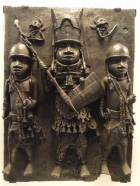
Why stop at the Tudors?
ArticleClick to view -

Why stories?
ArticleClick to view

